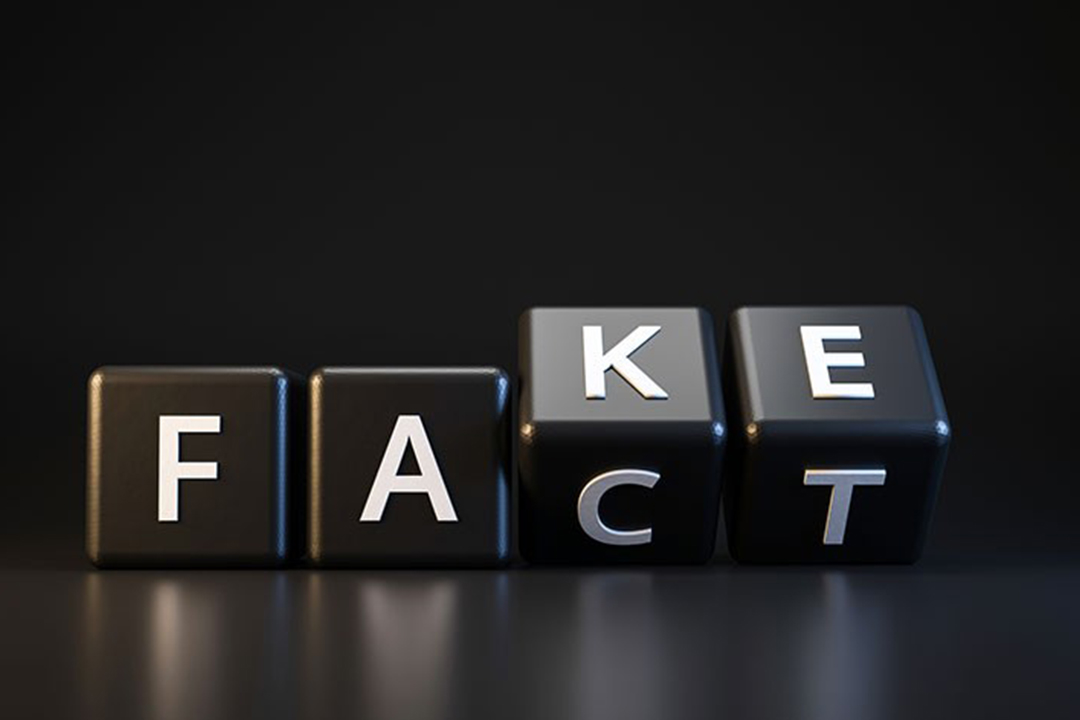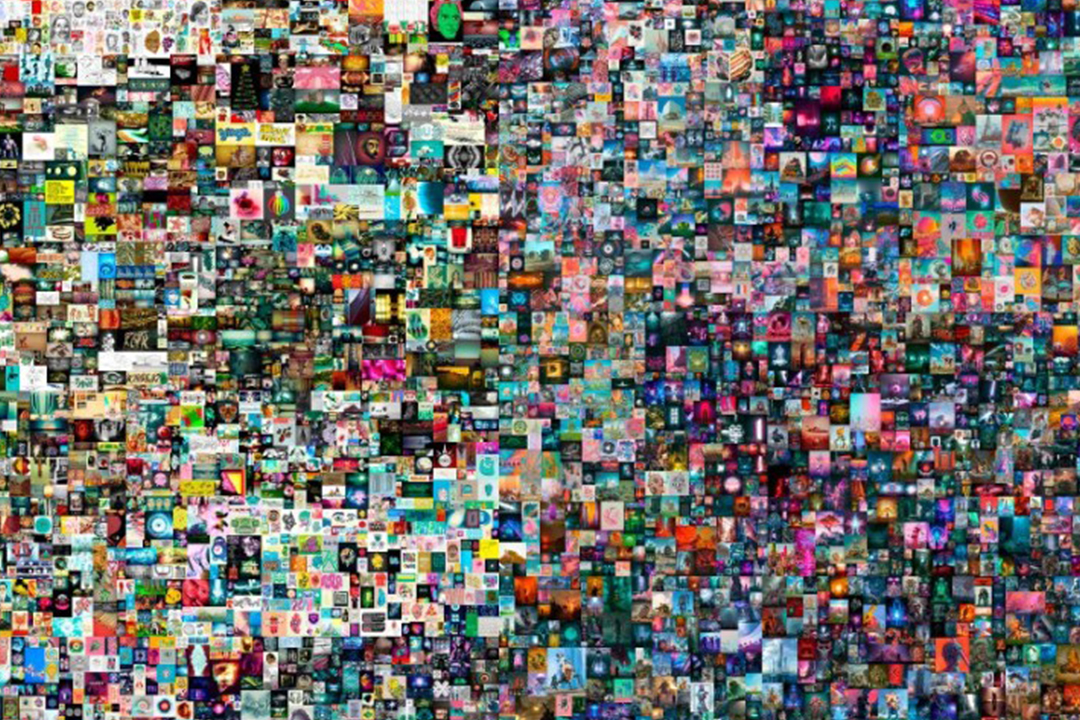The Hustle may be great, but nothing permanent can be built on a foundation of deceit.
Continue reading$69.3 million for that?
Vignesh Sundaresan bought art from Mike Winkleman. This statement sounds a bit dry, doesn’t it ?. Ok, Let me rephrase it. Metkovan, the Cryptocurrency mogul, bought an NFT from Beeple for a whopping 69 Million USD.
This work of art, a series called “Everydays: The first 5000 days “, isn’t a physical work of art, it is digital. Artist Mike Winkleman created a single piece of art every day, for over a decade, and then put the 5000 together. Christie’s sold the NFT (non-fungible token) to Vignesh Sundaresan, who goes by Metkovan. The piece itself is freely available for everyone to view, I have used it here, but the rights belong only to the buyer.
This is the first time a digital work of art has commanded a price similar to world-renowned works from famous artists. Predictably all three parties, the buyer, the artist, and Christie’s ( the auction house)are over the moon. But for the rest of us, some questions arise. I am sharing some of mine, I look forward to hearing your take.
Firstly, there are the changing parameters of what “Art” means. Ok, let me make it clear, I am not a Luddite who believes art needs physicality or to occupy space, And yes I also agree that art is constantly evolving and changing. . But what about art which takes years to master, or hasn’t got a convenient NFT. Eg: Performative art. How does that break through the digital barrier and realize its true worth ?.
Secondly, For years the most celebrated art has been that whose value cannot be calculated. eg: whats the monetary value of the Monalisa or La pieta ?. There’s no real way to calculate the feelings they evoke. But all that has now changed in fell stroke. The value of Art may not need any gatekeepers or judgment, which is not a bad thing.
Thirdly, Has the nature of capital Changed? Has money stopped being the way to show you’ve arrived ?. Let me explain The patrons of art have always been part of a rarefied circle, uber-wealthy and influential, in the middle ages it was the church and royal houses. In the late 19th century it was oil-sheiks & media barons, tech millionaires, etc. This sale demonstrates that cryptocurrency has arrived, and is ready to party.
I see both positive and negative fallouts. On a positive note, this will democratize artistry and patronage. Art will become more accessible, will reflect a wider worldview, and problems like fakes can be avoided. On a not-so-positive note, traditional wealth creation has norms, established practices, not so crypto. So who determines what kind of money will be poured into digital art? who backs it or stands guarantee for its real-world value?. Also, given its subjective nature, what’s to prevent scores of shady people from selling worthless digital art NFT’s to move money across geographies, bypassing regulatory norms ?.
Now the most important question, dear reader, you may ask, how does impact our lives? well, I am a marketer, and on the face of it, this is interesting but not central to life. But it does open new avenues. For eg: Should I structure my upcoming book, on these lines? Make it available in public and get compensated in crypto? Albums are being released this way, why not books? Or should I follow the traditional way of publishing ?. Going forward, all of us will need to figure out how to maximize output from our efforts and this seems to be a great starting point,
Whether in the future any valuable commodity, that thrives on scarcity can be controlled using NFT eg: Land records, Jewellery, collectables, and other high-end purchases, or NFT’s and Cryptocurrency would turn out to be a flash in a pan. Time alone will tell.
Ps: I look forward to hearing your take in the comments/ DM. Else email me at rashmi@altiusconsults.com
PPS: If you wish to learn more about the art itself, and the buyer. I am sharing links in the first comment.


